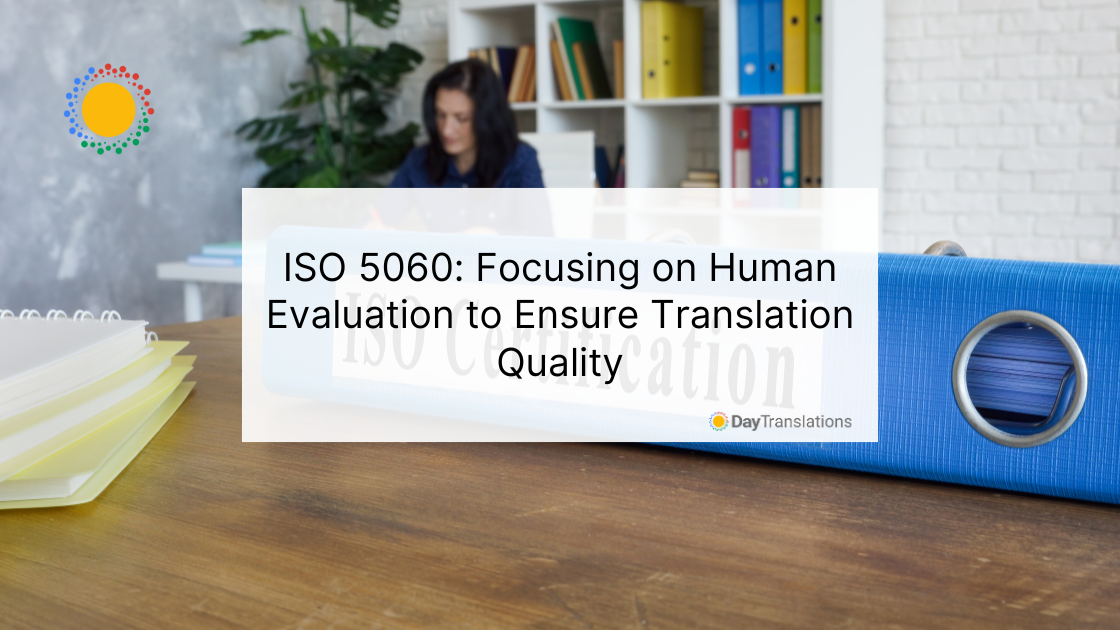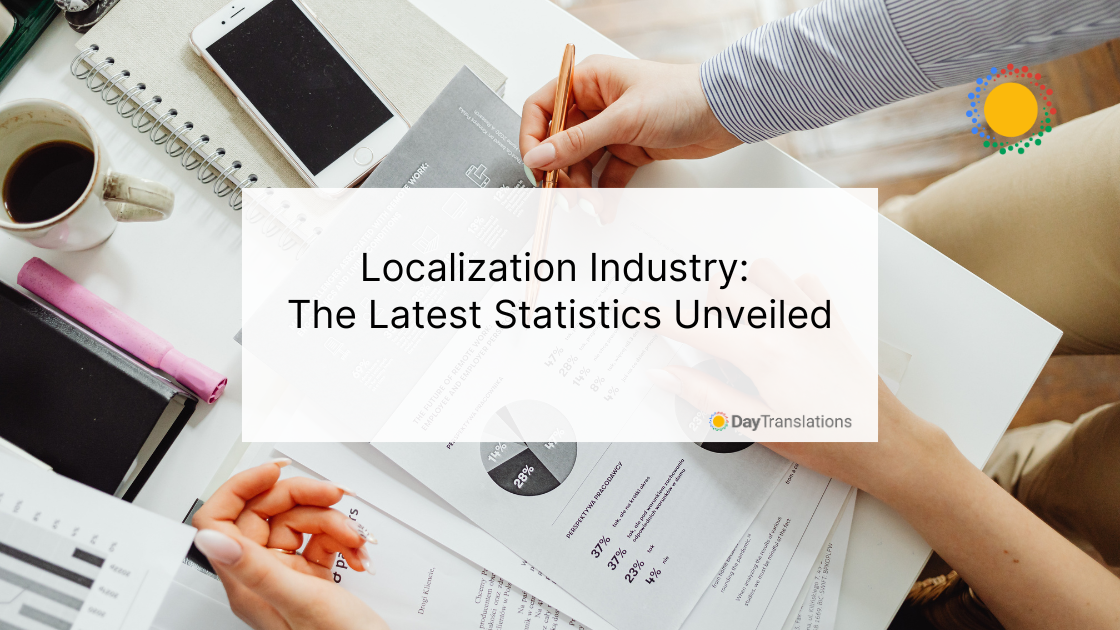Translations are a part of our everyday lives, from subtitles in movies to user manuals for new gadgets. But how do we make sure these translations are accurate and reliable? This is where ISO 5060 comes in. Let’s dive into what ISO 5060 is all about and why it’s so important.
What is ISO 5060?
ISO 5060 is a standard created by the International Organization for Standardization (ISO). This organization sets rules and guidelines for almost everything you can think of, ensuring quality, safety, and efficiency. ISO 5060 focuses specifically on the quality of translations. It sets standards to ensure translations are accurate, clear, and fit the purpose.
Why is Translation Quality Important?
Imagine you’re reading instructions to build a new piece of furniture, but the translation is so poor you can’t understand it. Frustrating, right? High-quality translations are crucial because they help people understand information correctly, no matter their language. This is especially important in fields like medicine, law, and technology, where misunderstandings can have serious consequences.
The Role of Human Evaluation in ISO 5060
While machines and software can help with translations, humans are still essential for ensuring quality. ISO 5060 strongly emphasizes human evaluation. But why? Let’s explore this.
Machines vs. Humans
Machines, like Google Translate, are great for quick and easy translations. They can handle large amounts of text in seconds. However, they often miss the nuances and context that a human can understand. For example, the phrase “kick the bucket” means something very different than simply kicking a bucket! A human translator knows this idiom and can provide the correct meaning in another language.
Human Touch in Evaluations
Human evaluators check translations for accuracy, fluency, and relevance. They look at whether the translation conveys the same meaning as the original text, whether it flows naturally in the target language, and whether it suits the intended audience. This ensures the translation is not just a word-for-word copy but a meaningful and understandable text.
How Does ISO 5060 Ensure Quality?
ISO 5060 outlines a detailed process for evaluating translations. Here’s a simplified version of how it works:
1. Pre-Evaluation
The project requirements are set before the actual translation process begins. This includes understanding the purpose of the translation, the target audience, and any specific terminology that should be used.
2. Translation Process
The translation is done, often using a combination of machine translation and human translators. The initial draft may be created by a machine, but a human translator will refine and improve it.
3. Human Evaluation
A human evaluator reviews the translation. They compare it to the original text, check for accuracy, and make sure it reads naturally in the target language. They also ensure that any technical terms are correctly translated and that the text is suitable for its intended audience.
4. Feedback and Revision
The evaluator provides feedback to the translator, who makes any necessary revisions. This step is crucial for catching any errors or awkward phrasings that might have been missed.
5. Final Review
After revisions, a final review is conducted to ensure everything meets the set standards. Only then is the translation considered complete.
The Benefits of Following ISO 5060
Adhering to ISO 5060 brings several benefits:
Improved Accuracy
With a structured evaluation process, translations are more likely to be accurate and reliable. This is especially important in fields where precision is critical, such as legal or medical documents.
Increased Trust
When people know a translation has been evaluated according to ISO 5060, they can trust it more. This trust is vital for businesses and organizations that operate globally.
Better Communication
High-quality translations ensure that information is communicated clearly and effectively, reducing misunderstandings and errors.
Real-World Examples of ISO 5060
Let’s look at some examples of where ISO 5060 can make a big difference:
Medical Translations
In the medical field, accurate medical translation can be a matter of life and death. ISO 5060 ensures that medical documents, patient records, and medication instructions are translated correctly, helping doctors and patients understand each other better.
Legal Documents
Legal documents translations must be precise to avoid misinterpretations that could lead to legal disputes. ISO helps ensure that contracts, agreements, and other legal texts are accurately translated.
User Manuals
User manuals for electronics, machinery, and other products need to be clear and easy to understand. ISO ensures that these manuals are accurately translated, helping users set up and use their products correctly.
Wrapping Up on ISO 5060
ISO 5060 is a vital standard that helps ensure the quality of translations through rigorous human evaluation. By combining machine translations’ efficiency with human evaluators’ insight and expertise, This translation quality measure ensures that translations are accurate, precise, and reliable. Whether it’s medical instructions, legal documents, or user manuals, following the protocol ensures that translations help us understand each other better, no matter what language we speak.












Sorry, the comment form is closed at this time.